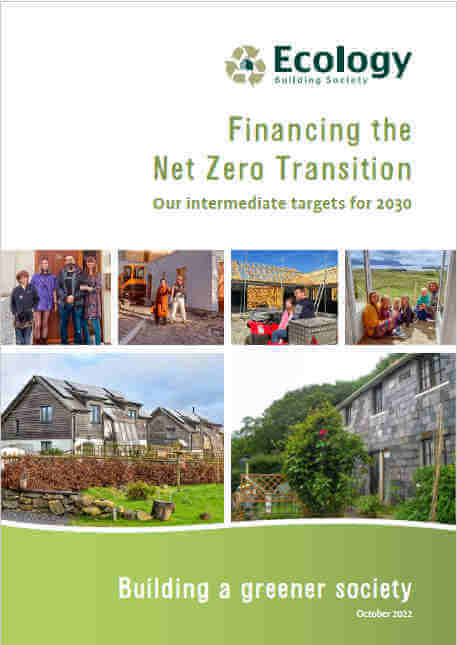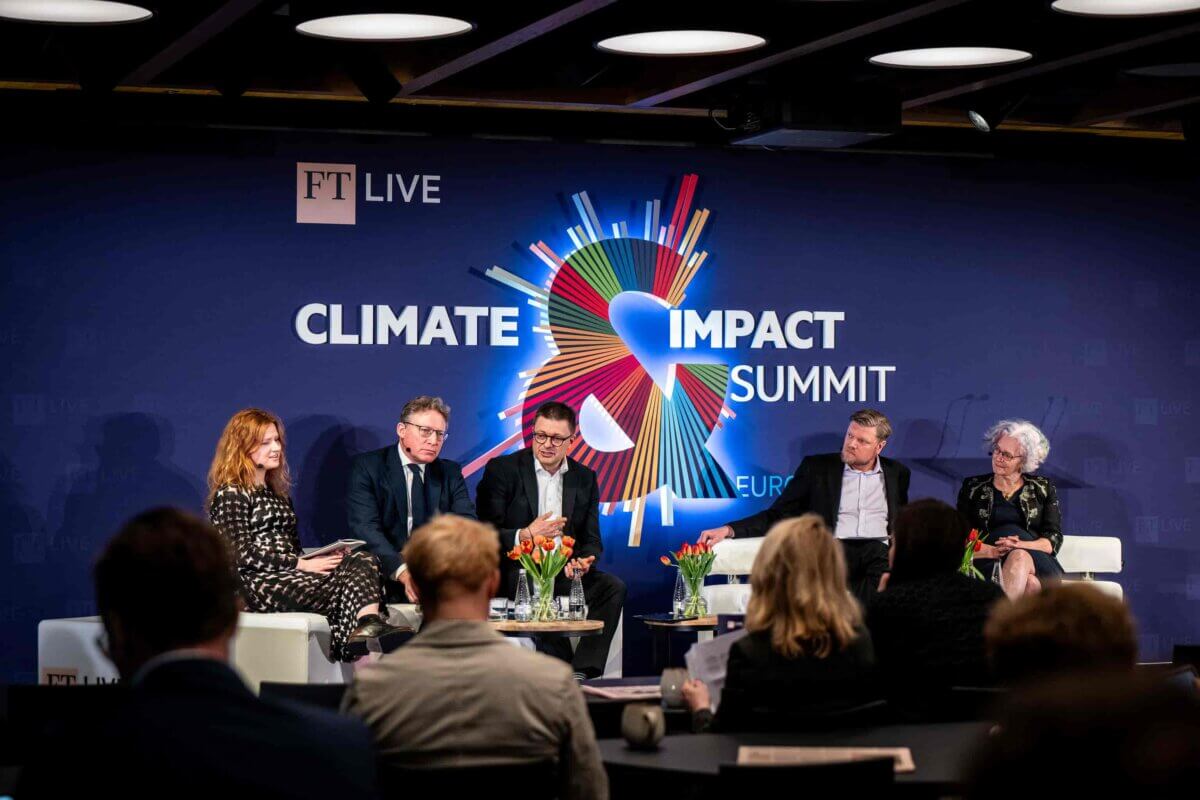Financing The Net Zero Transition

Our intermediate targets for 2030
Ecology exists to tackle climate change, through our impact-led lending, agitating for change in wider society and being a responsible business. Our lending is focussed on improving homes and community buildings to ensure they are better for people and the environment.
For the planet to remain safe and liveable, the expert scientific panel, the IPCC, states that global emissions of greenhouse gases need to be reduced by 45% in this decade.
We are proud to publish our 2030 targets in our ‘Financing the Net Zero Transition’ report. Our 2030 targets are critical milestones on our journey to net zero emissions by 2050 or sooner, ensuring that our lending supports meeting the temperature goals of the Paris Agreement.

Our targets demonstrate our climate leadership as a founding signatory of the Net Zero Banking Alliance and the Global Alliance for Banking on Values Climate Change Commitment.
We build on a history of forty years of mortgage lending that is targeted at enabling properties to achieve good environmental performance standards. For example, we specify entry-level energy efficiency criteria for our lending and we reward through our C-Change discounts which are applied to the mortgage interest rate based on the energy efficiency of the property.
Our 2030 targets are central to our strategy, in which we are:
- proactively evolving our impact-led products and services for our existing and future members
- enabling collaboration and knowledge sharing to help our members and their communities to make their homes more energy efficient, and
- agitating for change in wider society to address the climate and ecological emergency.
We’ll report annually against our targets, increasing our transparency and accountability in putting the climate emergency at the heart of our decision making.
Transforming the UK housing stock to be fit for the future is a collaborative effort. For example, we need supportive policy frameworks, clean energy infrastructure and skilled supply chains. We are urgently using our wider influence to accelerate progress.
Cutting emissions from residential properties requires energy efficiency improvements to the fabric of the building and use of low carbon heat. These improvements will not only help reduce emissions, but also contribute to energy security and more affordable heating bills.
Footnote: At present, our targets are based on operational emissions – those that arise from energy used when the property is in use. We are currently working on understanding the embodied carbon associated with our lending portfolio and are already supporting efforts to reduce embodied carbon in our lending and through our advocacy.



